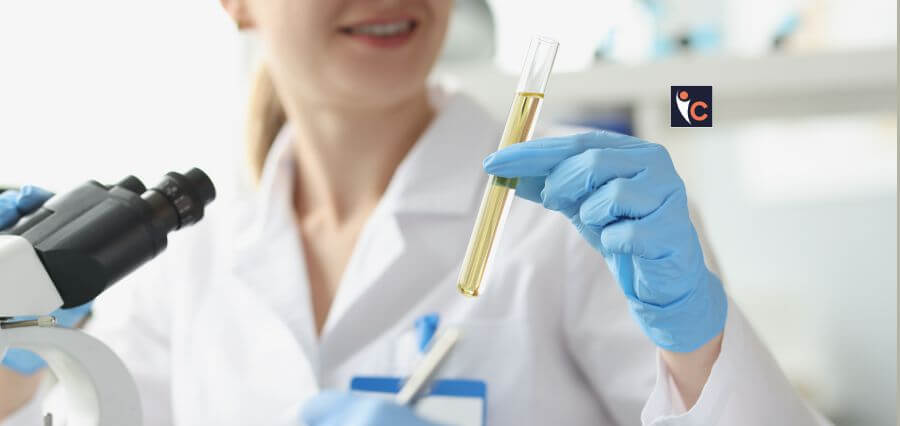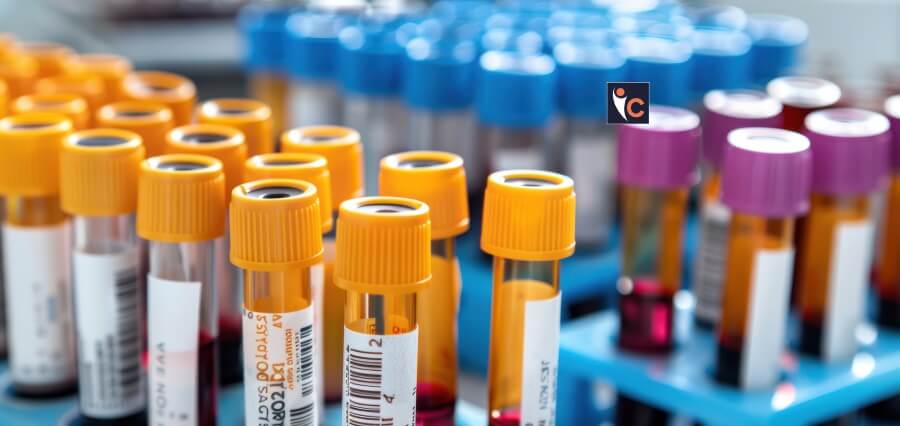Cervical cancer is one of the most prevalent cancers in women, with approximately 660,000 new cases and 350,000 deaths worldwide in 2022. Almost all cases are associated with high-risk human papillomavirus (HPV) infections. Current screening methods typically identify HPV DNA, but new research suggests that evaluating HPV’s cancer-causing activity could provide a more accurate evaluation of cancer risk.
A team of researchers, led by Professor Etsuro Ito from the Department of Biology at Waseda University, Japan, along with Professor Toshiyuki Sasagawa from Kanazawa Medical University, Japan, and Dr. Martin Müller from the German Cancer Research Center, Germany, has developed an ultrasensitive enzyme-linked immunosorbent assay (ELISA) to detect high-risk HPV16 E7 oncoproteins in urine. Their findings were published in the journal Microorganisms on June 14, 2024.
“Cancer can be prevented by vaccination before it develops and by regular screening. But screening is a big hurdle for young women,” explains Ito. “Our new urine test detects HPV16 E7 proteins, which are important indicators of cervical cancer risk, at extremely low levels.
This means that women may be able to screen for cervical cancer without experiencing the discomfort and inconvenience associated with standard Pap tests.”
Traditional screening methods for cervical cancer involve a Pap smear or an HPV DNA test, both of which require a visit to a healthcare provider and can be uncomfortable for many women. This new urine test offers a non-invasive alternative, potentially encouraging more women to participate in regular screening.
The researchers utilized ELISA to identify E7 oncoproteins in urine samples. The test successfully identified these proteins in the urine of women with varying stages of cervical intraepithelial neoplasia (CIN), a precursor to cervical cancer. The ELISA test found E7 proteins in 80% of women with CIN1, 71% with CIN2, and 38% with CIN3.
This suggests that the presence of E7 oncoproteins correlates with lower-grade CIN lesions. The researchers speculate that this disparity could be attributable to differences in the HPV life cycle or carcinogenic activity.
Read More: Click Here















